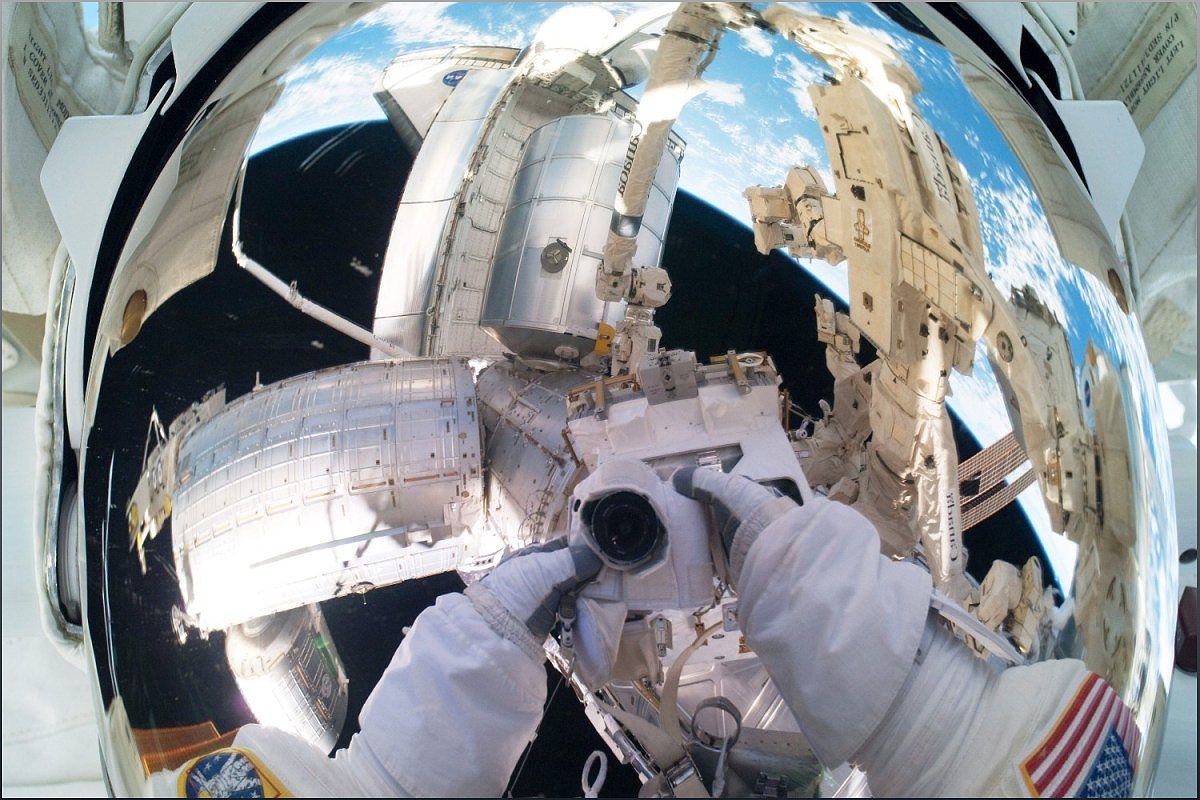Discover the fascinating world of space medicine and the critical importance of addressing health emergencies in zero gravity. In this article, we delve into the challenges faced by astronauts and the cutting-edge innovations being developed to ensure their well-being during space missions. From robotic systems to wearable devices, explore the ingenious solutions that could save lives in the vast expanse of space.
The Challenges of Health Emergencies in Space
Explore the unique health challenges that astronauts face in the zero-gravity environment of space.
Space travel presents a myriad of challenges, and one of the most critical is the occurrence of health emergencies in zero gravity. The absence of gravity can have profound effects on the human body, leading to a range of medical issues that require immediate attention.
From cardiovascular problems to bone density loss, astronauts are at risk of developing various conditions that could jeopardize their well-being during long-duration space missions. Addressing these challenges is crucial to ensure the success and safety of space exploration endeavors.
Innovative Solutions for Space Medicine
Discover the groundbreaking technologies being developed to address health emergencies in space.
Scientists and engineers have been tirelessly working on innovative solutions to tackle health emergencies in space. One such solution is the development of robotic systems that can assist in medical procedures, such as surgeries, in zero gravity.
Additionally, wearable devices are being designed to monitor astronauts' health parameters and detect any anomalies that may arise due to the effects of microgravity. These devices could provide early warnings and enable timely interventions to mitigate potential health risks.
Furthermore, the utilization of 3D printing technology in space medicine holds great promise. It allows for the production of customized medical tools and implants, reducing the need for extensive medical supply shipments from Earth.
The Role of Telemedicine in Space
Explore how telemedicine is revolutionizing healthcare in space missions.
Telemedicine, the practice of providing medical care remotely, is proving to be a game-changer in space missions. With the help of advanced communication technologies, astronauts can receive real-time medical guidance from healthcare professionals on Earth.
This enables astronauts to diagnose and treat certain conditions without the need for immediate evacuation from the spacecraft. Telemedicine not only saves valuable time but also reduces the risks associated with medical emergencies in space.
Preparing Astronauts for Medical Emergencies
Learn about the rigorous training and preparation astronauts undergo to handle health emergencies in space.
Handling medical emergencies in space requires astronauts to be equipped with the necessary knowledge and skills. Extensive training programs are in place to prepare them for a wide range of potential health issues.
Astronauts receive training in basic medical procedures, emergency response protocols, and the use of medical equipment available on board the spacecraft. This comprehensive preparation ensures that they can effectively respond to emergencies and provide initial medical care until further assistance is available.
The Future of Space Medicine
Explore the exciting possibilities and advancements in space medicine for the future.
As space exploration continues to expand, the field of space medicine is poised for remarkable advancements. Researchers are exploring the potential of regenerative medicine to heal injuries and counteract the effects of prolonged exposure to microgravity.
Furthermore, the integration of artificial intelligence and machine learning algorithms can enhance medical diagnostics and enable more precise monitoring of astronauts' health. These advancements hold the promise of safer and more efficient healthcare in space, paving the way for longer and more ambitious space missions.

